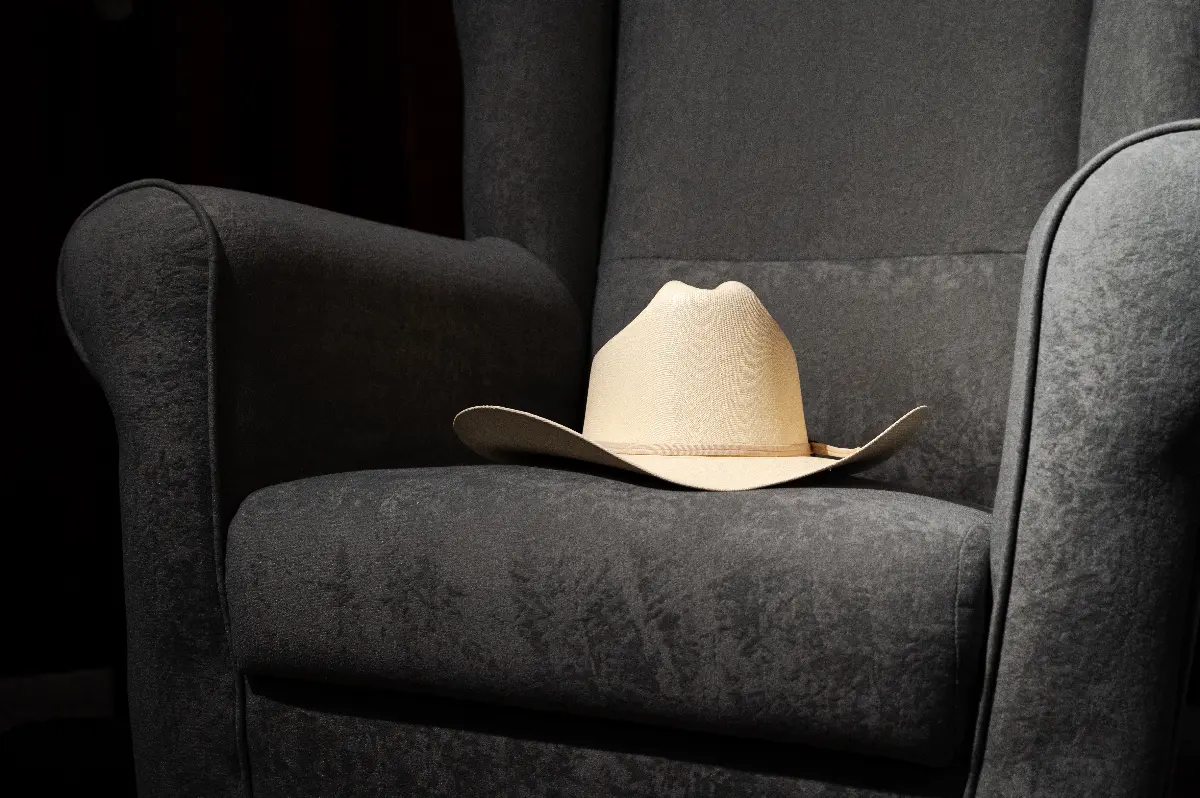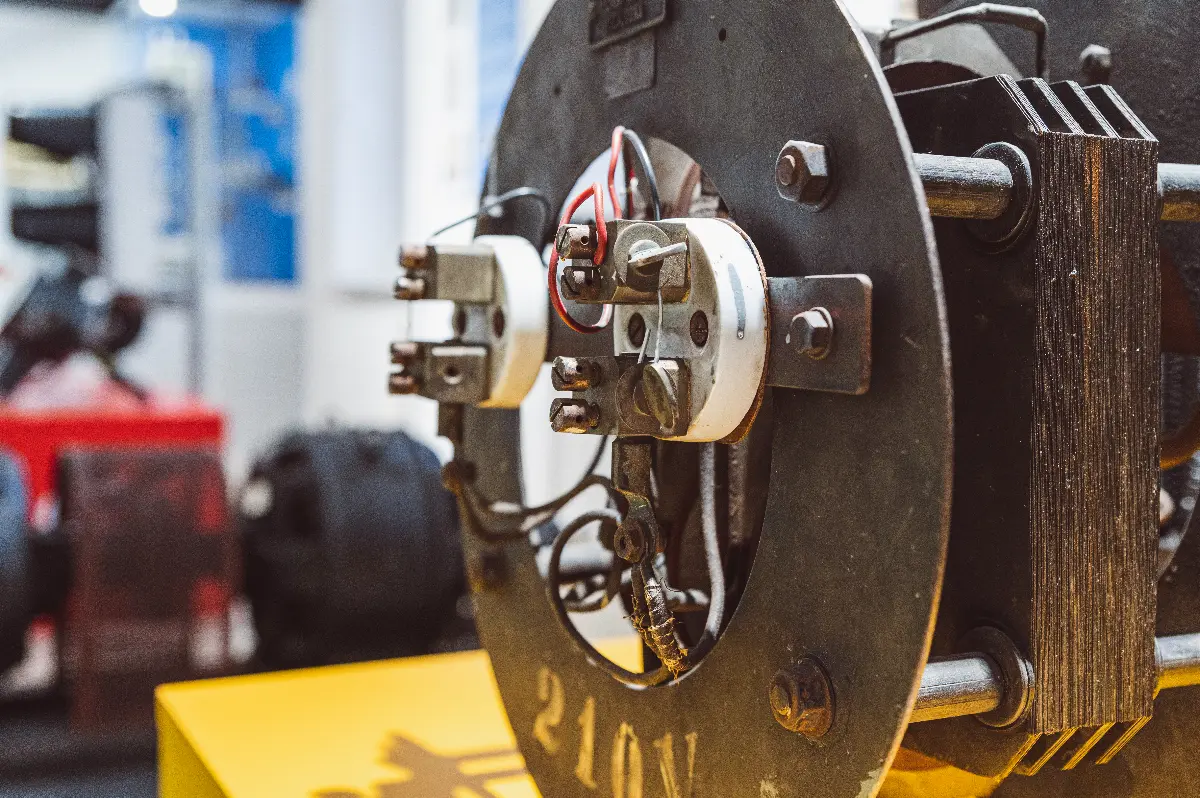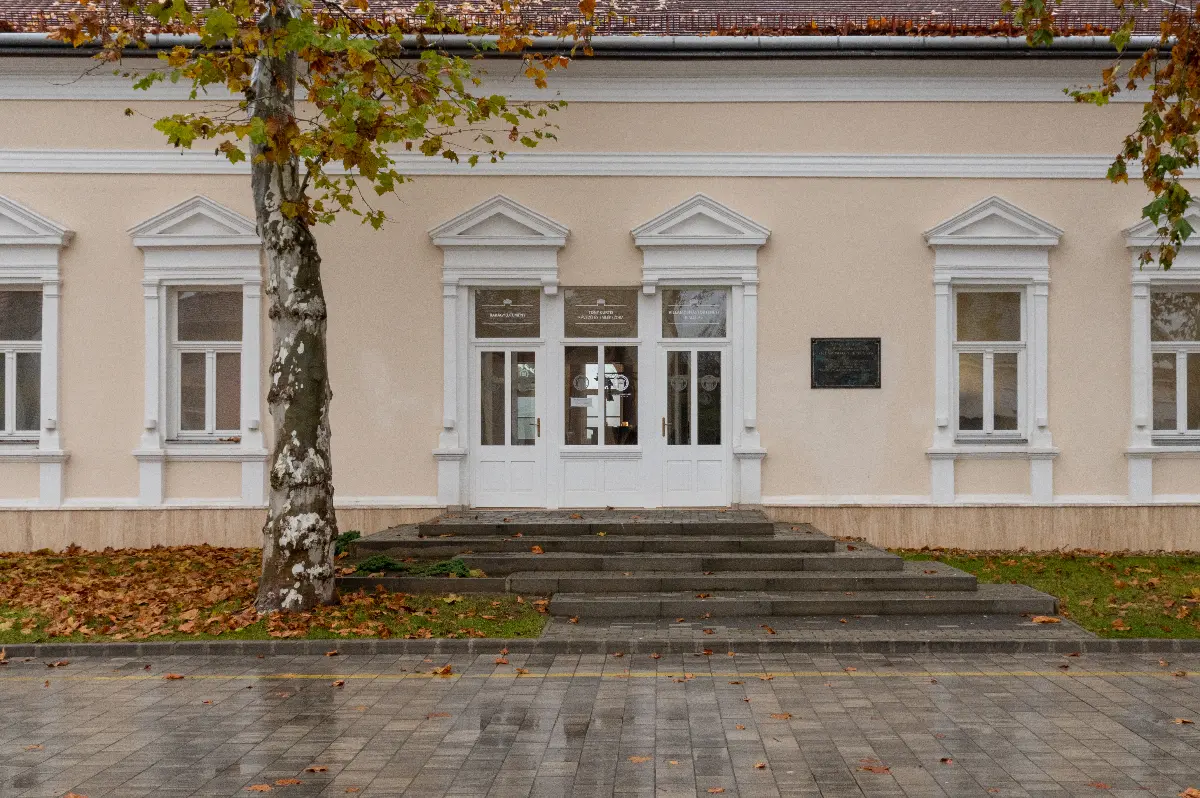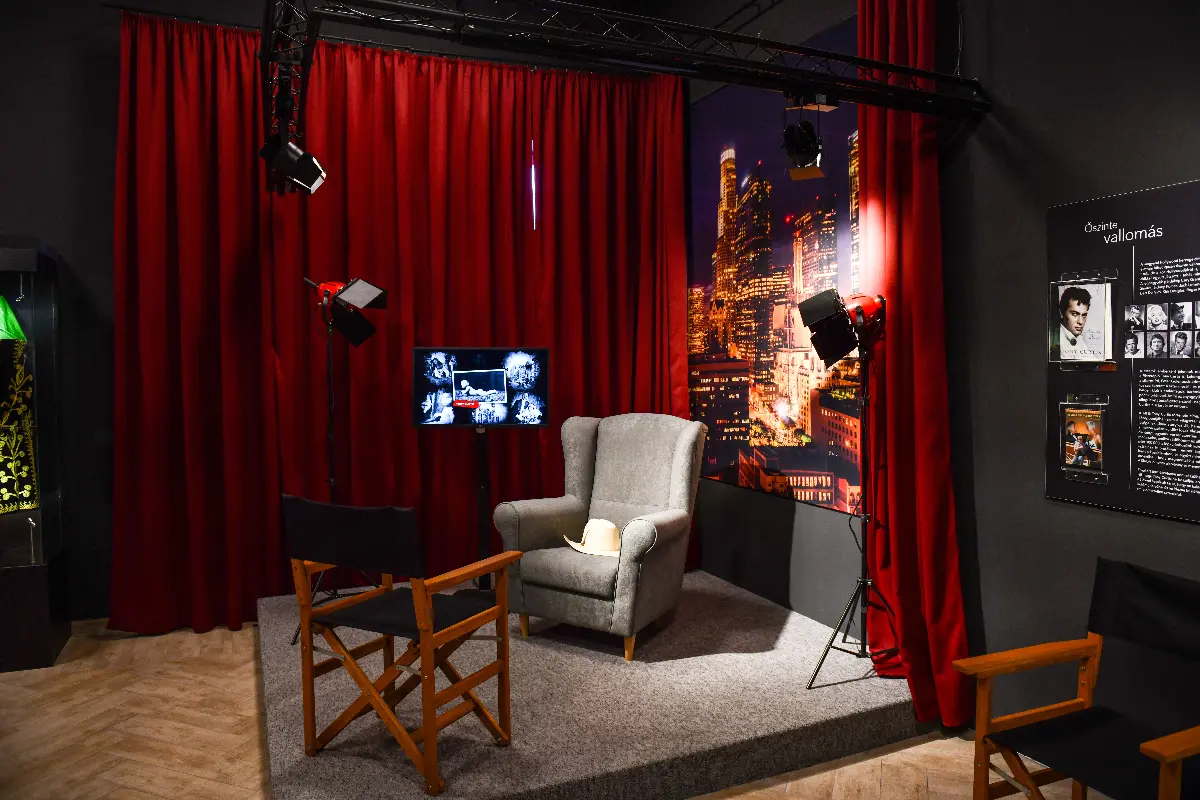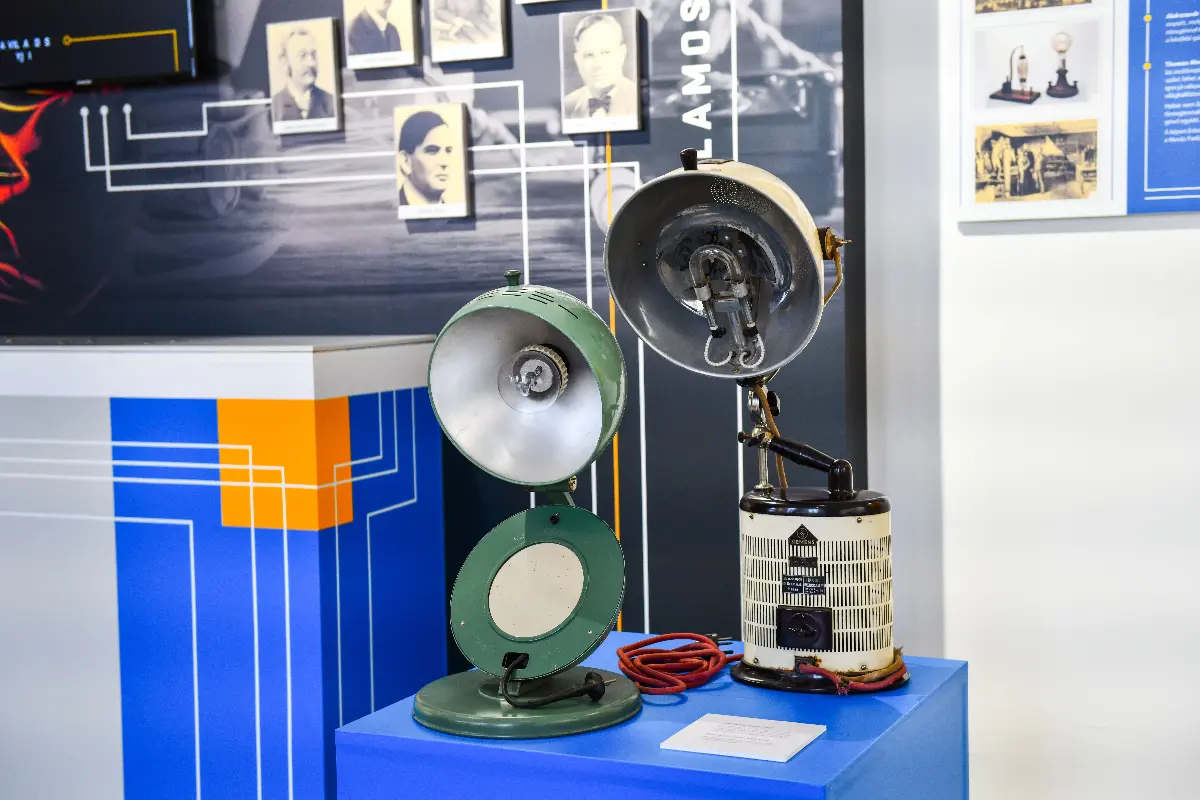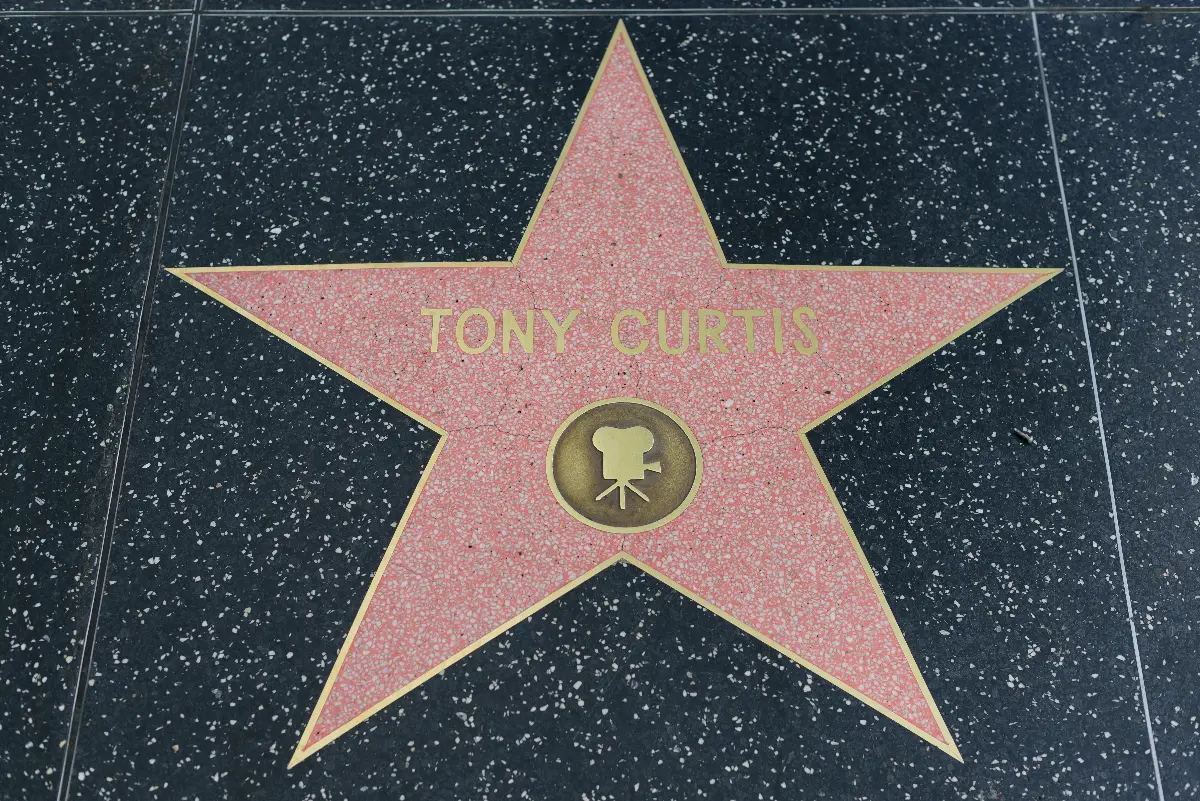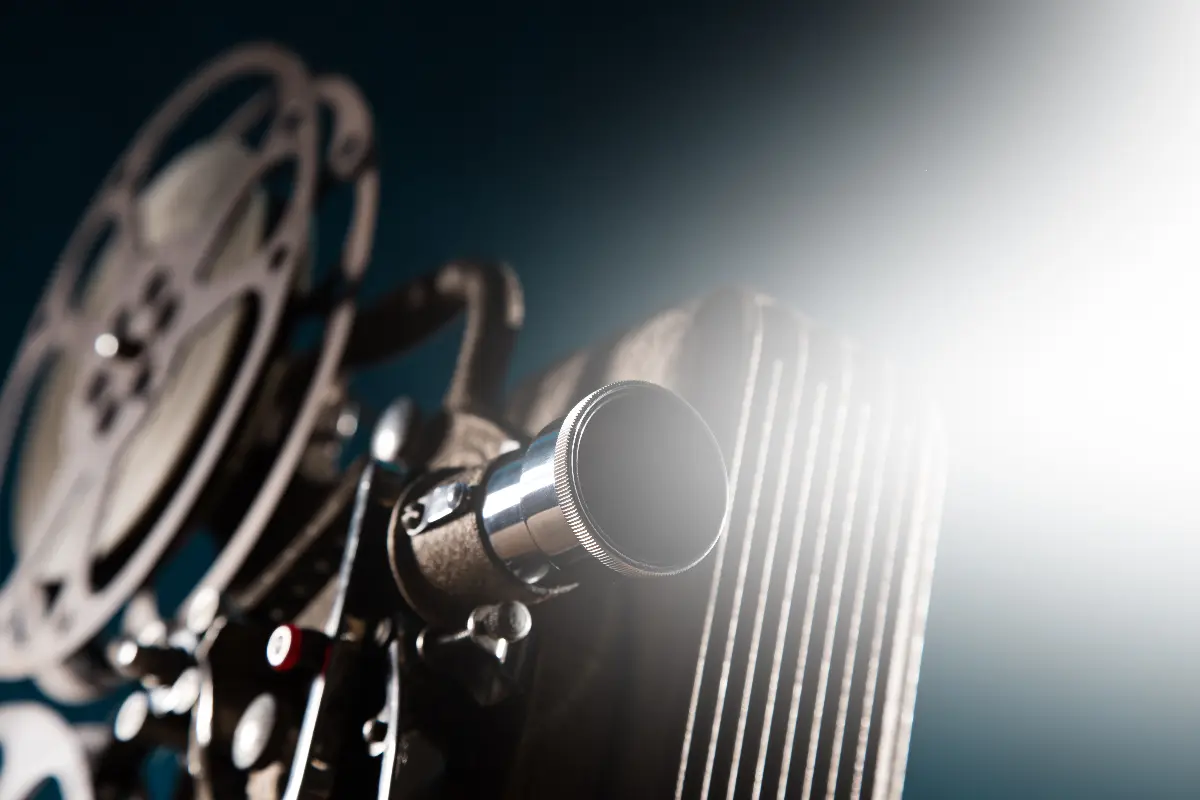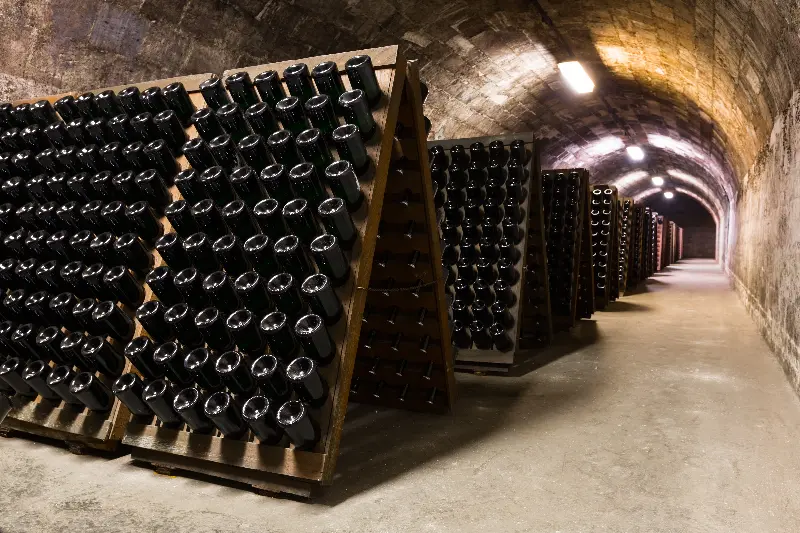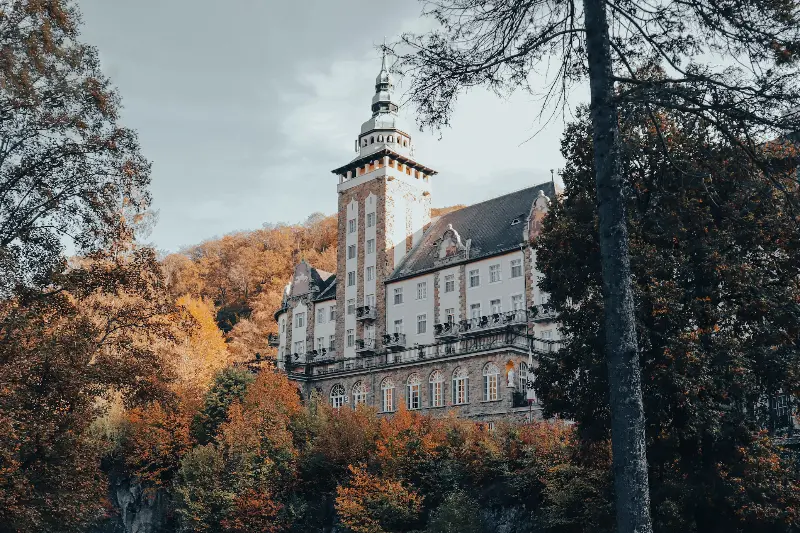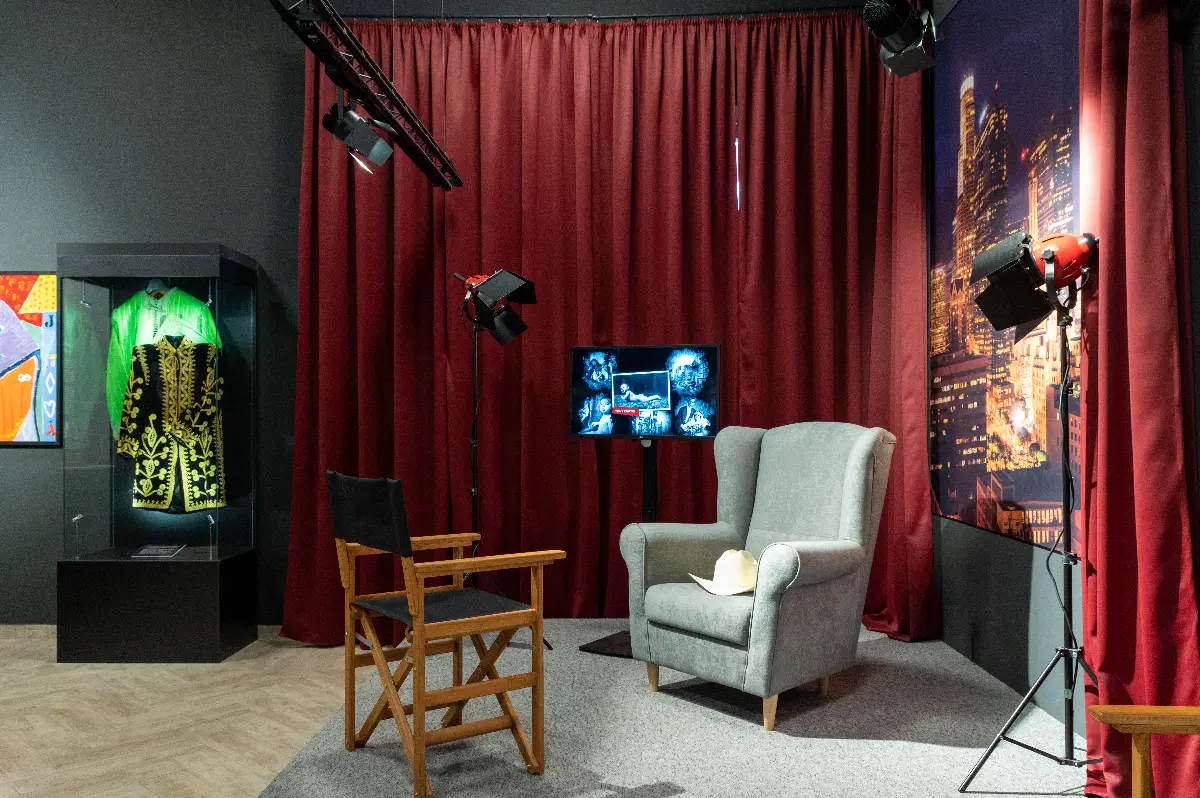
Helyszín címkék:
The city of light, the cradle of Hollywood
Méhész Zsuzsa
Mehr Licht!
The link between Paris and Mátészalka is that both cities were connected to electricity at the same time. Here, in Eastern Hungary, the first street lamps were lit in 1888, and the first electrified apartment building of today’s Hungary was built here. How is it possible that while in the capital the lamplighter was still going around the gas-lamps of Korzó (Budapest’s boardwalk) in the evenings, in Mátészalka there was already electric street lighting?
We know that industrialist-entrepreneur Mór Schwartz was impressed by the dynamo generator at the 1880 Paris World's Fair - and, being an inventive entrepreneur, he immediately started thinking about how good it would be for him. He racked his brain always on something new: he had a steam mill, a distillery and an oil mill. They first generated electricity in his factory and then supplied his home with power. On the corner of Kossuth Street, you can see the pylon that reminds everyone who passes by: this is where electric street lighting first brought light to the streets of Hungary.It is worthy of note, you can visit not only the former pylon but also the new electrification history exhibitionof the Szalkai-Schwartz house.
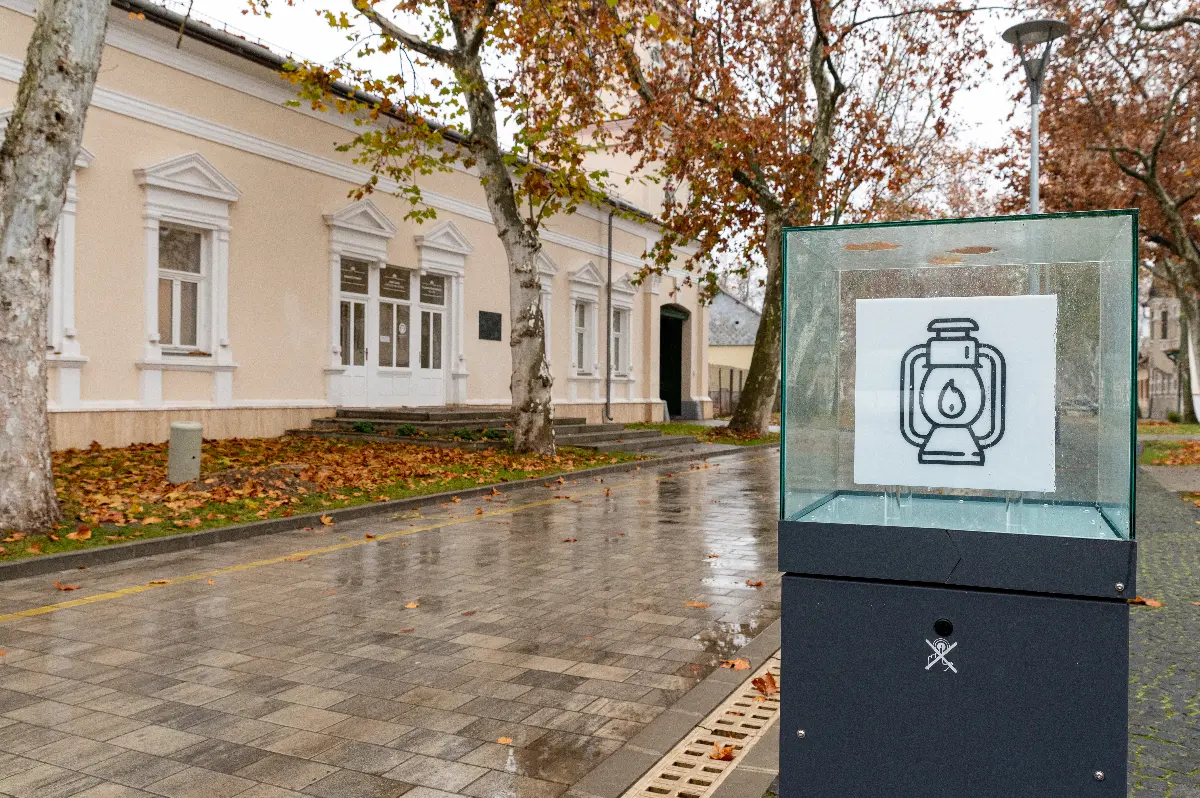
The exemplarily renovated Kossuth Street is just recently becoming a concept again in Mátészalka: the nice, shady promenade used to house the Museum Szatmár and its famous carriage collection. But now a cultural district is being created on this street, starting with the iconic statue ofartist Lajos Bíró: the boy holding a candle has become the symbol of the city. And it continues with a street exhibition sharing interesting facts about the history of light. Light has become so much a part of the town's history that the largest of Mátészalka's many cultural events is called the Days of Light.
One more Schwartz...
Kossuth Street was already a place of chi, there must be something that makes this city special. The wall of the synagogue, also on Kossuth Street, features not just six-pointed stars, but five-pointed ones: two plaques modelled on the famous Hollywood Boulevard promenade, with the names of Adolph Zukor and Tony Curtis. They had to do with Mátészalka. Adolf Zukor left Mátészalka with USD 25 sewn into the lining of his coat to try his luck overseas. He became the founder not only of Paramount Pictures, which is still functioning today but of the entire cinema of the United States and studio culture. This is the studio where Madagascar, Captain America, Mission: Impossible, Star Trek and Transformers were made.

Let's keep walking on Kossuth Street! The brand-new cinema also bears the name of the great studio founder. In cinema’s foyer, we can be amazed by the long list of our compatriots who have played a role in film history: without Hungarians, there would have been no Hollywood.Tony Curtis searched his origin here and was born under the name Bernát Schwarz. His parents emigrated from Mátészalka to New York City. In the Tony Curtis Memorial Room of the Szalkai-Schwartz House, original relics of the actor and a fine exhibition recall his life. The memorabilia came directly from Tony Curtis' widow, but the family is also connected to Matészalka in other ways. In the summer of 2021, Jamie Lee Curtis was one of the first to see his father's memorial exhibition and was also curious about the synagogue next door. There is also a lovely and heart-warming doll exhibition in the Szalkai-Schwartz house, so you can get plenty of experience and information on three different topics.

If you break free from the enchantment of Kossuth Street, you will find plenty of other special buildings in Mátészalka. A few steps away, the spectacular Csizmadia Palace houses a library reminiscent of the peacetime era, while the Szentpétery Cultural Centre is in the former Hungarian Art Nouveau County Hall, a little further away. The Mátészalka area can be a pleasant starting point: Szatmár and Bereg are also ideal for exploring and crossing the border: the Romanian border crossing is twenty kilometres away, the Ukrainian one forty kilometres away.
